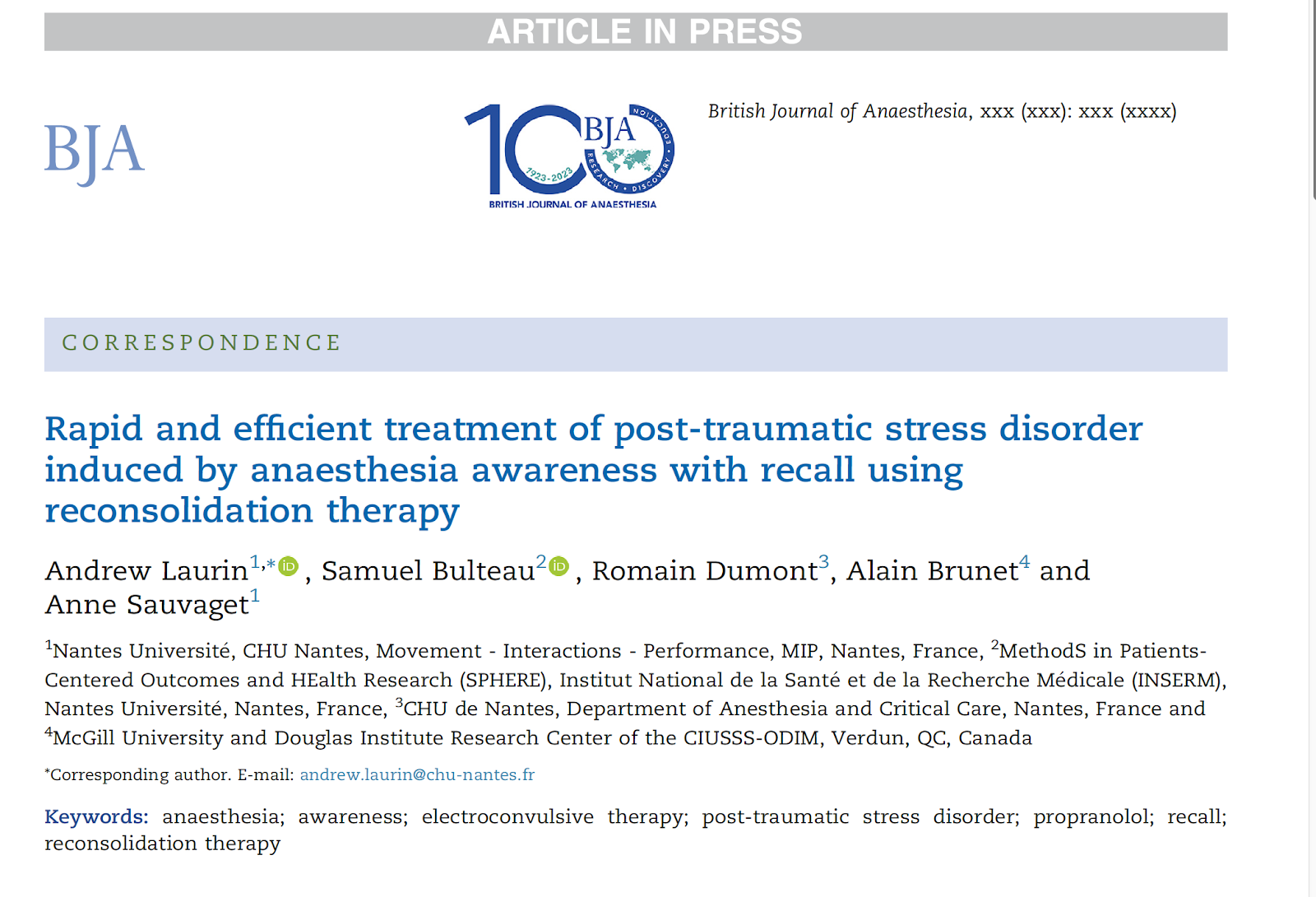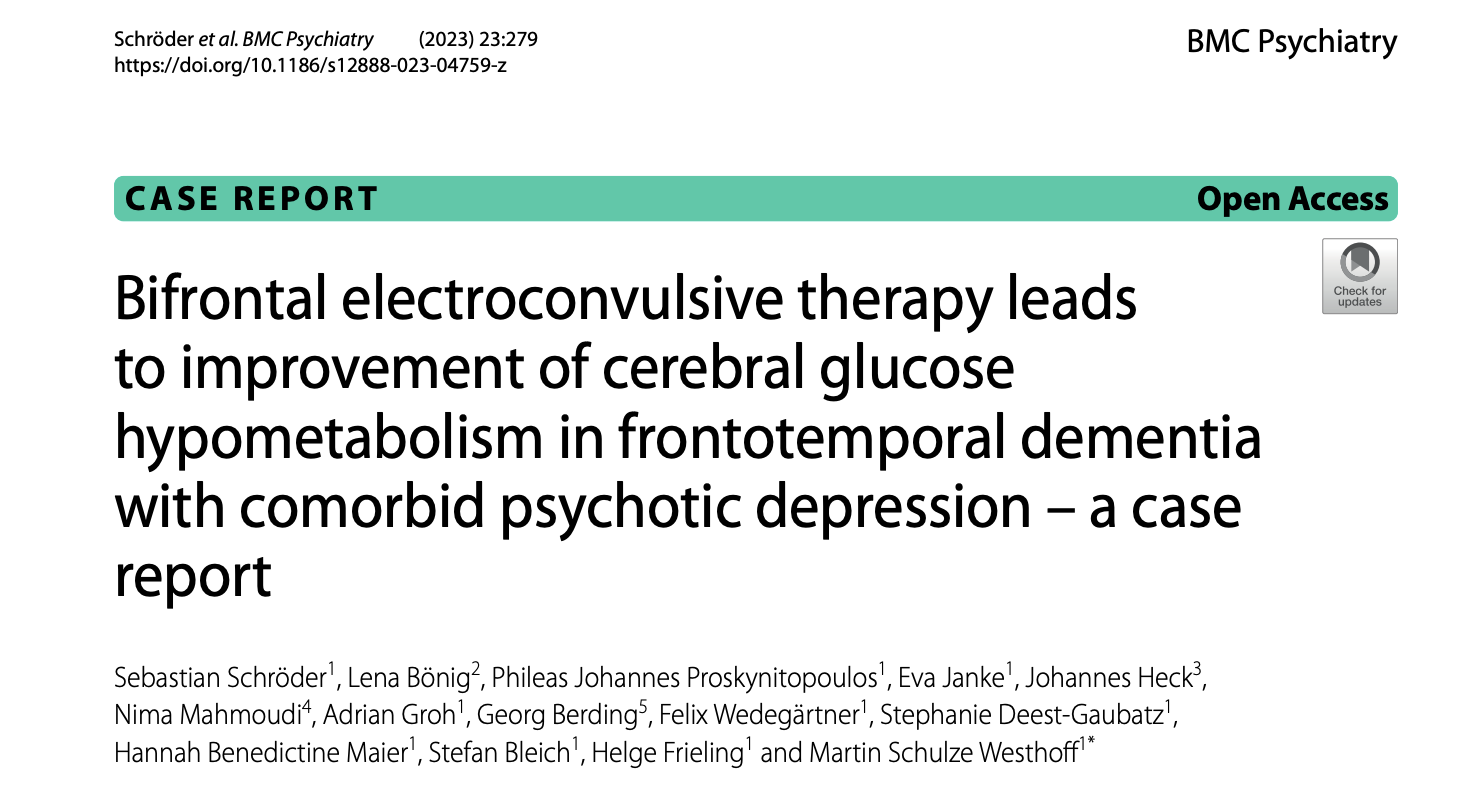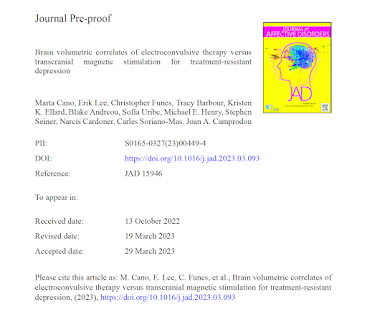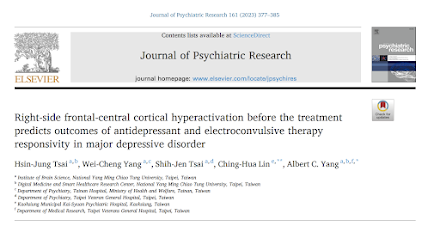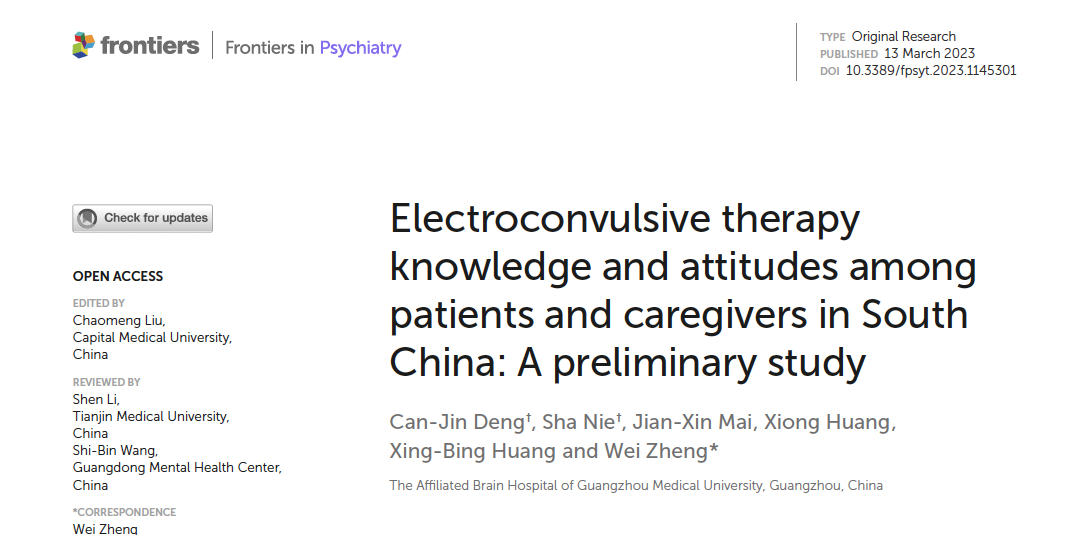Catatonia and ECT Across the Lifespan: New Review From Germany

Out on PubMed, from German authors, is this review: Catatonia and ECT across the lifespan. Karl S, Sartorius A, Aksay SS. Schizophr Res. 2023 Apr 20:S0920-9964(23)00157-3. doi: 10.1016/j.schres.2023.04.004. Online ahead of print. PMID: 37087393 The abstract is copied below: Electroconvulsive therapy (ECT) is a safe and effective treatment for catatonia with high response rates. Although empirical data suggest that tolerability and efficacy are at least as good as in adults, ECT treatment of children, adolescents, and geriatric patients seems to pose a specific challenge for many practitioners . This article intends to explore and discuss reasons hindering the use of ECT in these patient groups, give an overview on the use of ECT to treat catatonia and provide practical advice on ECT in children, adolescents, and geriatric patients for the treatment of catatonia. Classification of catatonia as a subform of schizophrenia and a diagnostic overlap with other common conditions in childr

